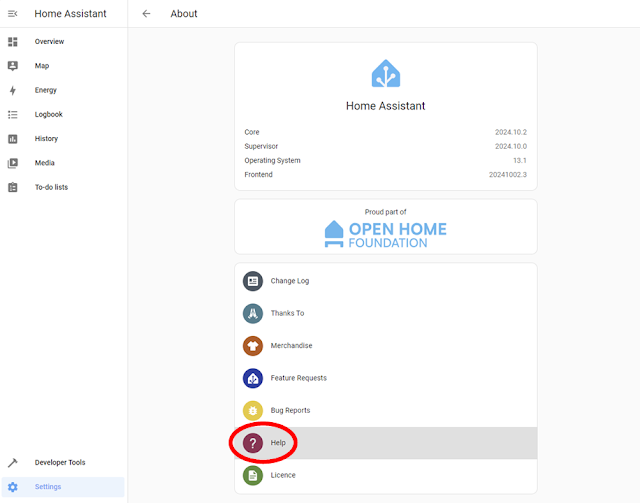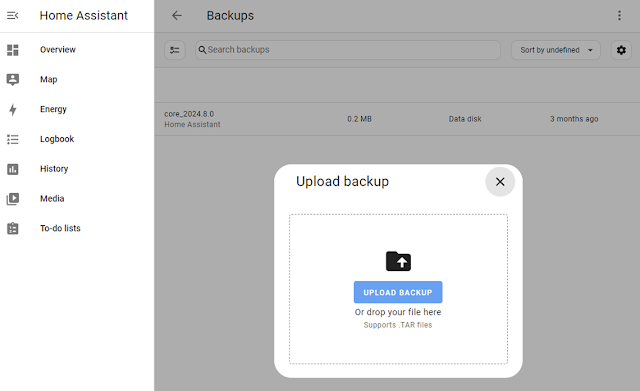As discussed previously we should investigate each of the software packages involved in providing our virtual bean counter, so that if (when) problems occur we have a working plan for resolving them.
As Home Assistant (HA) forms the base layer of the system, it is a reasonable point to begin at.
So, where does HA come from? It was started as program to control Philips Hue smart light bulbs written by Paulus Schoutsen and has since grown into a large community-based IoT open source project on GitHub.
How long has it been around? Since 2013, so over 10 years now and the operating system (OS) software is on its 13th full point release.
The OS is now provided via the Open Home Foundation and is financially supported by a single partner, Nabu Casa, but all three projects are led by mostly the same people. It is a mature offering supported by thousands of contributors (the most active project on GitHub by number of contributors) and is as fully supported as an open source program gets (think Ubuntu Linux level). Feature updates occur monthly with service patch releases between the monthly updates, all supplied under an Apache licence that ensures that it is free and open source. Taken altogether this is strong evidence that HA is very likely to be an actively supported system for some time to come.
Now we are secure as to the provenance and stability of HA we can turn to support options.
From inside HA itself there is a link to Help,
which takes us to the Home Assistant Community pages that contain a veritable plethora of topics and support info.
Alternatively, from the HA home page on the web,
the Need help? option at the top of the page leads to a Help page with links to the Community Forum shown above, as well as Reddit, Discord and other social media sources. Together these host a very active community providing a range of support covering all topics from beginner installation problems to advanced homebrew integration queries.
There is also a large amount of static support material under the Getting started and Documentation links to the right of the Need help? link. Although there isn't a Wiki as such, the Community Guides section of the user forum provides a similar function. Overall HA is very well supported by its active and knowledgeable community.
Having assured ourselves of HA's support levels, the final topic to address is that of backing-up and restoring the HA instance in case of hardware failure or software corruption. It turned out that this was really quite straight forward.
The HA Backups page can be accessed via Settings>System>Backups,
it shows a list of the backups on your HA server.
The ones shown above are those that were made as part of an HA system or Grocy Add-on update process. These are not full system backups but partial backups created as restore points during the update process. To make a full update click the + CREATE BACKUP button (circled in red), which will bring up the Create backup dialog box.
Simply give the backup a name and select Full backup (if not already selected) and then CREATE. After a bit of whirring the backup copy will be added to the list of backups. To download it single click the freshly created backup,
which will display the details of the backup. Under the three vertical dots is a menu from which selecting Download backup will save a copy to your browser's downloads folder.
To restore the backup, return to the Backups page on HA and from the menu underneath the three vertical dots choose Upload backup,
to open the Upload backup dialog box which has a drag-and-drop box to receive the backup.
Once the backup has been uploaded it will appear on your backups list. Single-click it and choose RESTORE.
After a bit more whirring the backup process will return all of the HA server and its data as well as any Add-ons (that's Grocy in our case) and their associated data. So we get a twofer with this simple backup procedure for both the HA server and the HA-Grocy installation.
With that process worked out it is onto the next layer, the Home Assistant Grocy Add-on.












Comments
Post a Comment